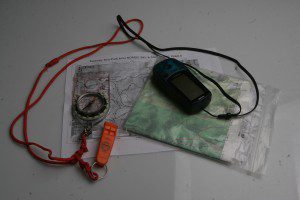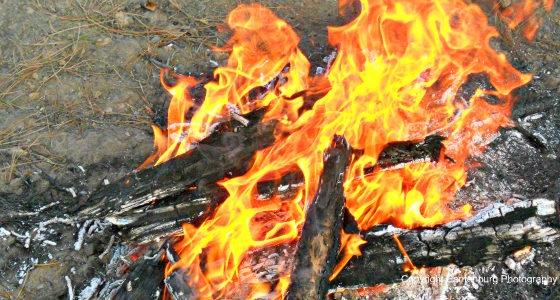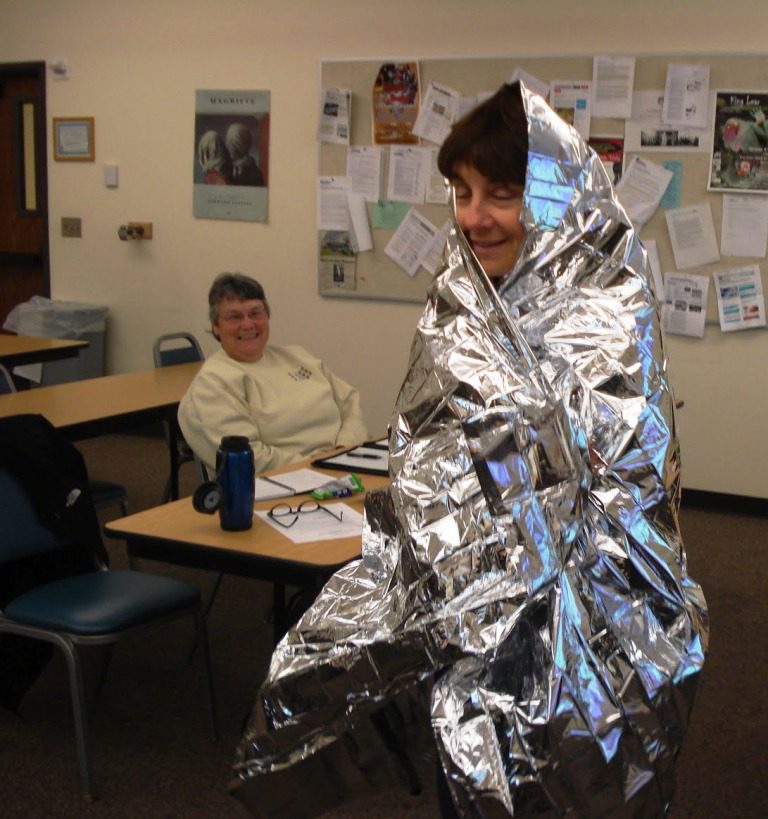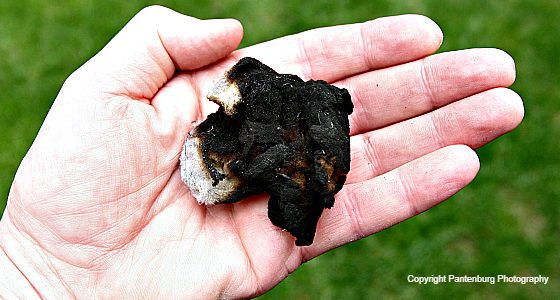Earthquakes are happening this week, and one could occur while you’re at work. Here’s how to use a personal earthquake survival kit to escape a collapsing building.
by Leon Pantenburg
An earthquake, tsunami or other natural disaster is unlikely to happen? And, of course, not to you? You don’t need to read further!
….Still here?
Then here’s a fact: In ANY emergency, 80 percent of the people involved will be in denial of the situation and have to be told what to do, according to John Leach, author of Survival Psychology. Of that crowd in the emergency, 10 percent will do the wrong thing, and the other 10 percent will act rationally, based on the training they have acquired.
If you want to be a survivor, of any emergency situation, you have to start with knowledge and training. And you need the correct survival tools or survival kit and know what to do with it.
HERE’S THE SCENARIO: The earthquake hits while you’re at work. The office walls start to shake and the pictures start to fall. Alarms go off. Head pop up above the cubicles, as people, with no idea of what to do, look around. Some will sit back down and get back to work.
Now what? Stay? Go? Logout, then go? Ignore the situation?
Knowledge is key to survival, and you are prepared. You never thought: “This can’t happen to me.” You paid attention at the mandatory safety meeting about building evacuation. You read earthquake survival information from the Federal Emergency Management Agency. Because you prepared, you already have a survival mindset, a survival kit and a plan. You know where the stairs are, and the quickest way to get out of the building.
So get out immediately. Ignore any jokes or jibes from the 80 percenters. Don’t pay attention to the members of the 10 percent who want to do something stupid. You are intent on survival, and that means getting out of the danger zone.
As I type this, I have a butane lighter in my pocket, a whistle, knife, fingernail clippers, LED flashlight, small knife and magnesium stick on my, and a Swiss Army knife in my belt pouch. My wallet has firestarter, charcloth and a signal mirror in it.
This gear goes with me everywhere it’s legal, even though the 80 percenters tend to roll their eyes if they notice my stuff. I have carried this collection in the pocket of a suitcoat, or in my briefcase, but it’s always with me.
Ladies can carry complete urban survival kits in their purses, and no one will ever be the wiser. After all, the earthquake could happen when you’re in a meeting or away from your desk.
If the earthquake happens right now, and I have to sprint for the door and can’t grab anything else, I have the
Carry survival gear in your wallet. I always have (from left) firestarter, charcloth (in a waterproof, plastic bag) and a signal mirror with me.
minimum tools on me to make a fire and stay warm and signal for help.
In our office earthquake scenario, you may have to start using your survival tools immediately. Here’s how the evacuation situation may play out: You use your survival mindset and leave your desk as soon as you sense danger and head for the nearest exit. If necessary, push through the people milling aimlessly around.
If the lights go out, then you and your flashlight become the leader. In the darkness, people will look toward the light and wonder what to do next.
Blow your whistle loudly, (this immediately makes you the perceived authority figure), and in a loud, matter-of-fact voice order everyone to remain calm, and follow you quietly. (The 80 percenters won’t have a clue. They’ll do whatever the authority figure tells them to.)
Your actions to organize an orderly evacuation may later win you an award and plaque. BUT the immediate purpose of this organization is to make sure YOU make it to the exit. If people panic, crowd around or pile up around the door, nobody gets out.
Lead everyone quietly down the stairs and out of the building. Don’t let anyone distract you: Your immediate goal is to get out of the building before it collapses.

A map, compass and possibly a GPS should be part of any survival kit, and may be very useful once you get out of the collapsing building. The whistle may be what gets you out!
Gather everyone at the safe place mentioned in the safety briefing, and then assess the situation. Order everyone to stay out of the building, and if someone insists on going back, order them to stay put.
But they are now responsible for their own safety, and you have accomplished your first goal: that of getting out of the danger zone.
If it is safe to do so, and there is no smell of gas or chemicals, building a campfire in a safe open area might be the next order of business. The fire will serve as a rally point, and a gathering place, as you wait for emergency personnel to arrive. Also, gathering firewood from pallets, dumpsters etc. will give people a focus while they wait for rescue.
Depending on the severity of the earthquake, what happens next is hard to determine.
Now, you’ll use the rest of your survival kit and training to make it through the emergency. This might mean you start walking home, or you make a shelter. If someone needs medical attention, let’s hope somebody has taken a first aid course. You have accomplished your first survival goal and gotten out of the building. Now, you will need to rely on the rest of your survival training and follow the plan you made.
Survival Kits or Gear
The safest bet is to make your own survival kit. Start with a realistic assessment of your skills and needs, then start researching. One size doesn’t fit all – a survival kit that works in the cold northwest will be different than one designed for Florida, and vice versa.
While commercial survival kits are available, the quality of some items is sometimes reduced to cut costs. Some things, such as fishing hooks, sinkers and line are included because people think they need them. And some items are included in commercial kits because they’re cheap and take up space.
If you have certain medical needs or conditions, make sure the kit includes the appropriate medications.
Let’s start here: Many experts agree that a minimum kit should contain the following materials:
- survival knife
- firemaking tool(s) and firestarter
- compass, map and GPS
- mirror (for signaling)
- signal whistle
- flashlight
- Some form of shelter – small tarp, large trash bag etc. Don’t pack a mylar blanket!
Survival Knowledge
Every town has a survival guru with a website, but that doesn’t mean they know anything. In fact, be leery of any survival website – there are a lot of people out to make a fast buck.
Start your survival training by contacting the people who work with emergencies every day: police, sheriff’s departments, search and rescue, and the Red Cross and see if they have gear recommendations. They will also have a pretty good idea of who is a good teacher and who is a fraud.
Then, educate yourself. Practice with your survival tools. Don’t take any recommendations at face value, unless the source has been proven to be reliable. Then, make your survival kit, and take it along.
Everywhere.
Please click here to check out and subscribe to the SurvivalCommonSense.com YouTube channel – thanks!





Leave a Reply